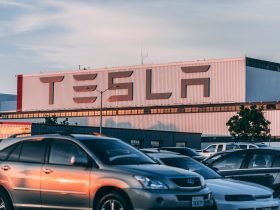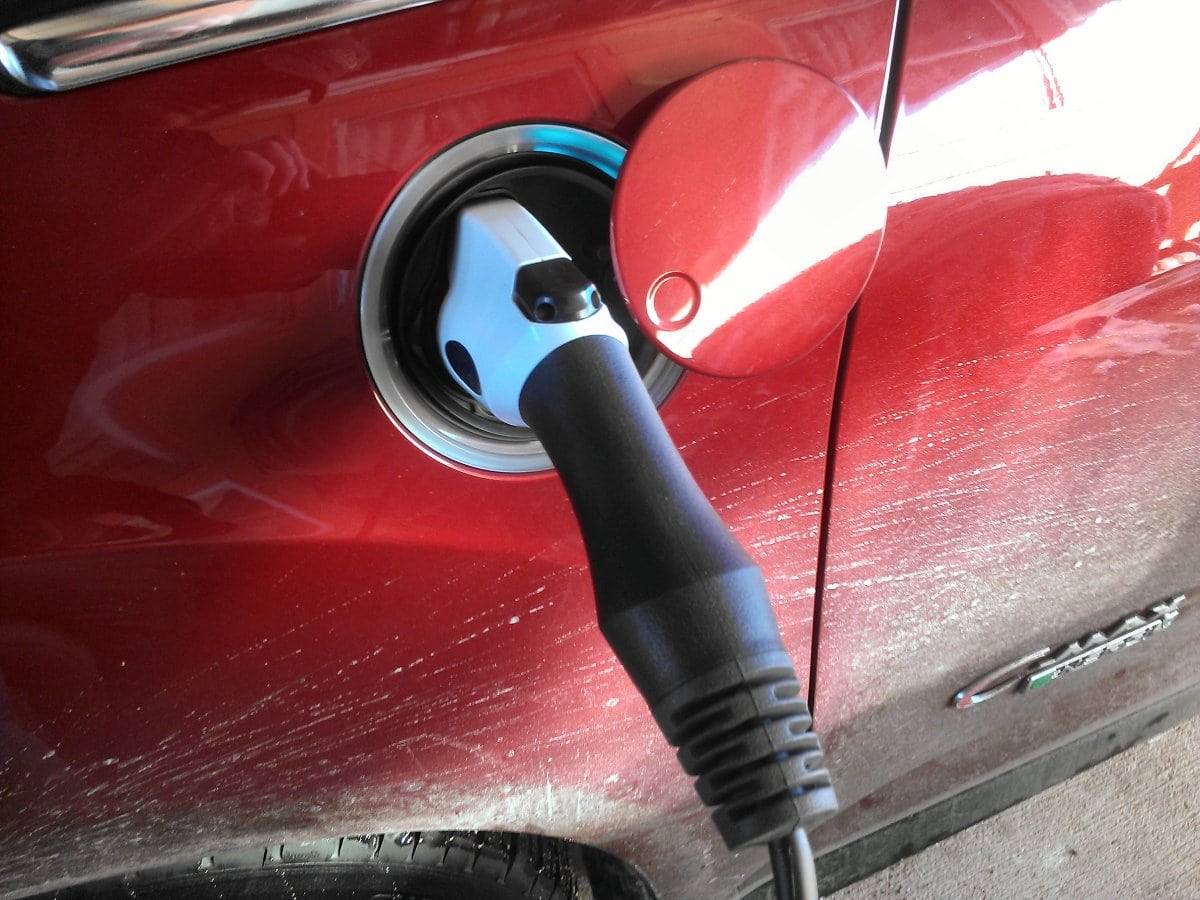The answer is a simple yes and no.
There are several things happening in the battery-electric vehicle market right now that indicate big changes are coming. Most of these changes are indicating that prices are going to drop and that EVs are no longer going to be able to command a premium. This is both a disincentive for automakers and an incentive for consumers. We’ll see how it pans out in the coming months as 2024 progresses.
The indicators are simple. Demand is still there, according to last month’s sales figures, but it’s difficult to say how many of these sales were driven by dropping prices. Every major EV maker has been dropping prices around the globe as the unsold backlog of electric vehicles starts filling lots. Currently, battery-EVs are in high supply, at a rate far higher than with their internal combustion counterparts. Roughly double.
This means that there are more options for consumers. That’s good news for buyers. But for manufacturers and their dealers, that’s bad news. Inventory glut is not good for them.
In the past couple of months, every major automotive market has seen price cuts (often multiple cuts) and a jump in dealership incentives when it comes to battery-electric vehicles. From Europe to China to Korea to the U.S., there are significant discounts being offered. Even Tesla, who once vowed to never offer discounts, has been routinely cutting prices on its models.
All of this is happening in an inflationary market as global inflation continues to drive prices for other commodities upward. Nearly all markets are seeing a 6-8 percent price drop for battery-EVs, with some approaching 15 percent or more. The largest cuts are in North America and China, but Europe and Korea aren’t far behind. Burgeoning EV markets in developing countries are still largely untapped and prices are holding steady (staying mostly in the luxury realm). As big players such as BYD and Renault-Nissan begin pushing into those markets more, though, that could change.
What we’re seeing is likely the beginning of attempts by manufacturers to resolve the glut of battery-electric vehicles they’ve produced. As prices drop, sales will increase. Eventually, these manufacturers (who’ve clearly over-estimated demand for BEVs) will find equilibrium. Likely with the lower prices being permanent.
It’s likely that the heady days of high BEV prices are nearing their end. They’ll now have to compete directly with ICE options instead. That’s good news for consumers, who will now see a larger array of choices on the sales lot. But it’s bad news for BEVs in the short term, as they are still more expensive to produce, cutting profits. We’re still likely several years away from cost parity between the two technologies.
I’m clearly not the only automotive journalist who has noticed this.
This editorial originally published on EVmeme.com.







